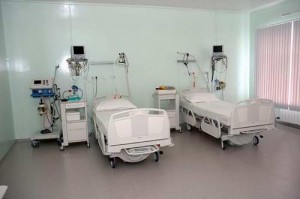Management in a hospital is critical in keeping its services updated and in high quality. Our hospitals are always open for patients no matter what time day and thus doctors and support staff need to be prepared for managing everything. There are various departments in a hospital which offer life-saving care, managing complex equipment, and dealing with business concerns. It requires a top-level management to assist a hospital to run effectively.
Hospital Management plays a role in improving the patients overall experience. It is a very essential position in every hospital. It helps medical specialists work more efficiently and thus uplift the healthcare system of the hospital.
If you want to enter hospital management, you must have a bachelor’s degree, like any other professional degree. It is the basic qualification for entry. However, further study for masters is suggested for people who want to see themselves in a high level position. A diploma in hospital management is also required to fully be in a hospital management field.
There is a huge responsibility for hospital management to carry the managing aspects of the hospital. They have a lot of duties that should be managed by the professional. Hospitals are multi-faceted systems, where there are plenty of operations happening at the same time. Hospital Management professionals have a lot of roles and responsibilities. They also play an essential role in ensuring the quality of care to the patient.
You must have a higher emotional quotient to work in the highly emotional environment of a hospital. To be an effective professional in the healthcare sector, it is needed that you have a service-focused mindset and must be ready to work for extended hours.
There is indeed a rising need of high professionalism and reliability in the healthcare field. This is needed to improve the value of hospital management courses globally. Along with the government, numerous private hospitals are today competing with each other to offer high quality health care services to the public.









